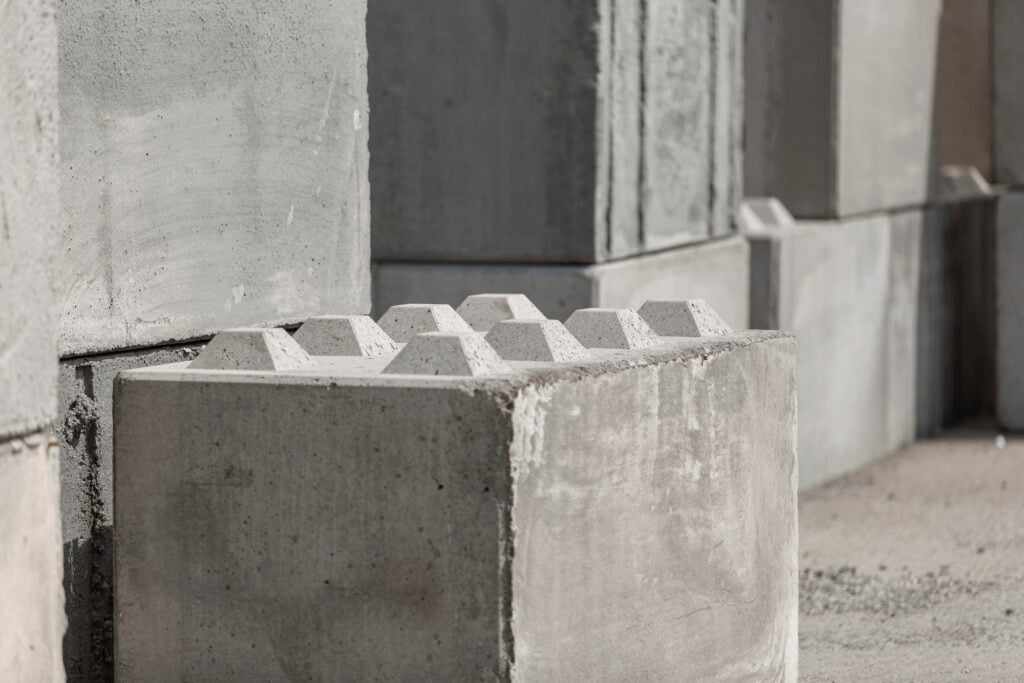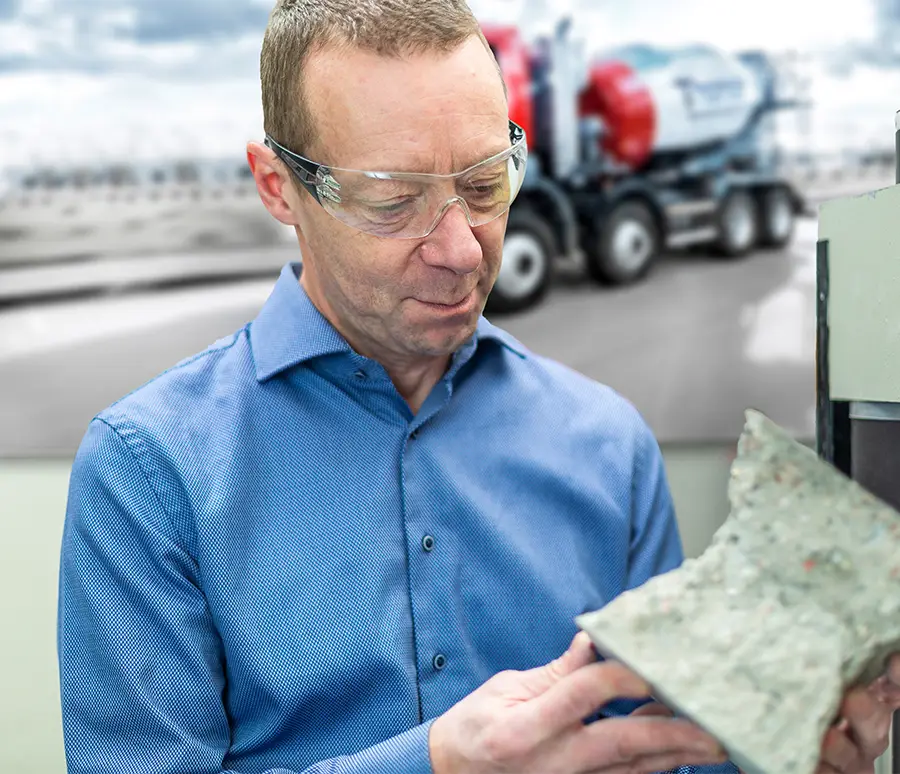After nearly two years of work, SS 137004:2024 has now been published. Although the standard is not yet part of the Swedish concrete standard, it is expected to be implemented this spring. At the same time, efforts are underway to establish a common European standard, which will simplify the use of alternative binders throughout Europe.
Pozzolans – a proven solution with historical roots
Using natural pozzolans is not a new idea—in fact, it’s quite the opposite. As early as the Roman Empire, volcanic ash was mixed into concrete together with slaked lime, which has resulted in enduring structures like the Pantheon and aqueducts that still stand today. Roman concrete was both durable and resilient, largely thanks to these natural pozzolans. Natural pozzolanas were also key components in concrete at the time when Louis Vicat and John Smeaton rediscovered and developed the hydraulic binders the Romans invented.
In modern times, volcanic materials and calcined clays have been used in construction materials for more than 25 years, primarily as main constituents in blended cements. With the new standard, these types of alternative binders can now be used directly in concrete, marking a significant advancement. Sweden is thus following in the footsteps of countries like the UK and Norway, where similar solutions are already in place.
Research paves the way
Thomas Concrete Group has long been at the forefront of research on alternative binders. Through doctoral projects funded by the Thomas family, the potential of natural pozzolans for future concrete is being explored.
Among other things, the research examines the possibility of replacing larger amounts of cement in concrete by combining pozzolans with special additives that can enhance strength, density, and resistance to carbonation.
Towards a more sustainable future
The work to implement the standard into the Swedish concrete standard is in full swing, and this is a crucial moment for the industry. By harnessing the potential of natural and activated pozzolans, we can create more sustainable and innovative concrete solutions.
By combining standardization and research, we open new opportunities for the concrete industry. And by learning from old building methods but applying them alongside modern science we can develop and build a more sustainable future.



